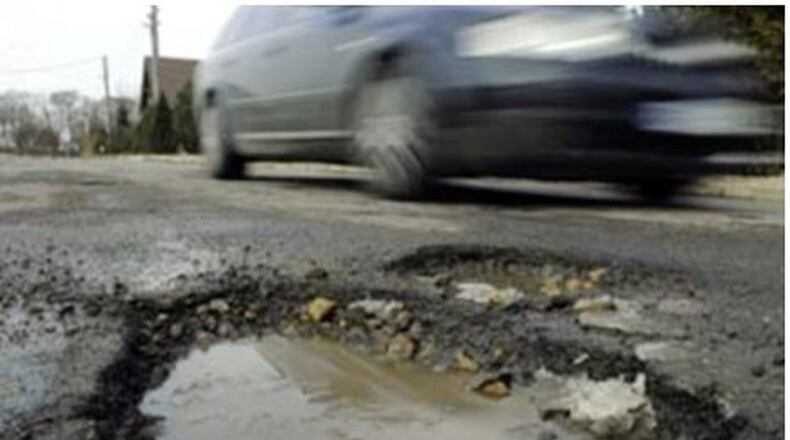In fact, the committee itself still is learning the many factors that go into street repairs, Whalen said.
“To be perfectly frank, my file is about four inches thick already,” he said.
Next year’s spring election in Ohio will happen March 10, rather than the usual May date, because it’s a presidential election year, said Katie Robinson, a clerk with the Butler County Board of Elections.
Whalen, who recently took over leadership of the citizen committee, said the vote at a meeting last week was unanimous.
“There’s a lot of moving parts on this, and I’ve been doing a lot of research,” Whalen said.
Considering that early voting will start in February of 2020, the committee has 13 months to educate the voters who will cast the earliest ballots, Whalen said.
“We’re collecting voter data and finding out all the information we can about voters, and their desires, and so forth,” he said. “We’re going to be out speaking to as many groups as want to hear it.”
A website also is being created, as is a database of people who want yard signs and want to volunteer, he said.
The city has been aiming at a 4.9-mill levy, which would reap about $3.7 million per year, costing the owner of a $100,000 home about $175 per year.
Some 70 percent of Hamilton’s streets are in fair to poor condition, with half in the poor category, city officials have said.
Hamilton has about 250 miles of streets. But when the number of lanes are considered — some have more than two lanes — there are 550 miles of lanes on city streets, city Engineer Rich Engle has said. Some streets “have not been repaved in 40 years,” he told city council last year.
Another reason for the delay is the committee and city officials have to figure out exactly how neighborhoods can be given input on which streets will be repaired, and when. That’s very complicated, Whalen said.
It’s important that when neighborhood residents give their input on street repairs, they be able to consider engineering studies on the various streets, for example, he said.
“Some of them have to be totally fixed, some of them…. There’s a difference between repairing a road and resurfacing a road,” Whalen said. “I’m learning things I never knew. It’s very complicated.”
There are other complicating factors, he added. For example, if the city in the near future plans to repair sewer lines or water pipes beneath a street, “Why would you want to tear up the road?” when it would have to be repaved later, he said.
“Our mission is hopefully people can make an informed decision, and find out what it means to them,” Whalen said.
About the Author
